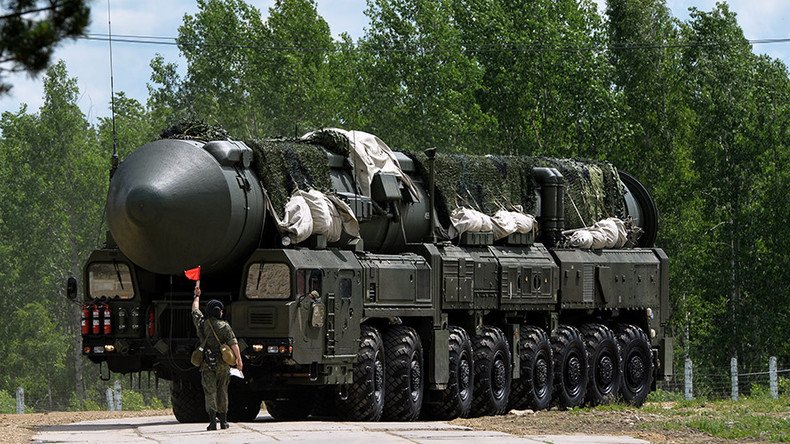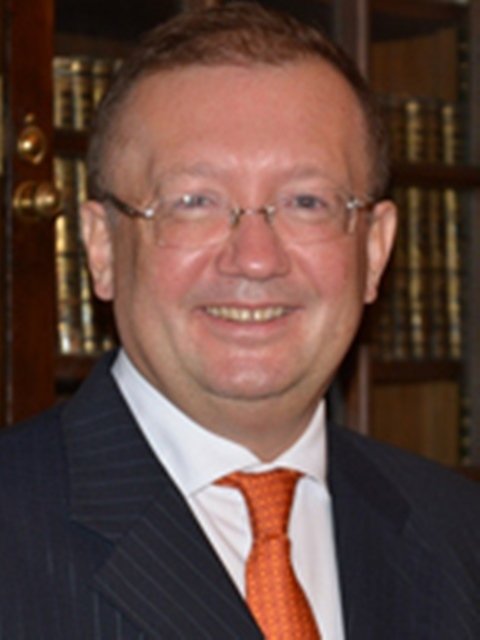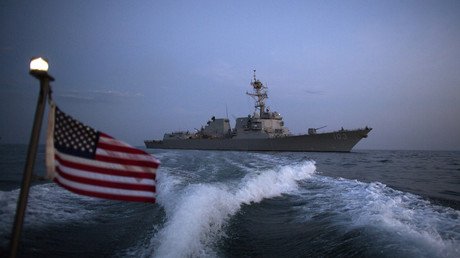Role of nuclear arms in Russia’s military strategy: Setting the record straight

We continue to see efforts to blame Russia for allegedly lowering the threshold for the use of nuclear weapons.
Against the backdrop of current anti-Russian hysterics and groundless accusations of “aggression,” “destabilization,” “interference,” etc., this adds to the false picture. Let’s set the record straight.
The Military Doctrine of the Russian Federation, adopted in 2010 and revised in 2014, is a clear guidebook regarding our military strategy, including the role of nuclear force, in the event of aggression.
According to this document, “the Russian Federation shall reserve the right to use nuclear weapons in response to the use of nuclear and other types of weapons of mass destruction against it and/or its allies, as well as in the event of aggression against the Russian Federation with the use of conventional weapons when the very existence of the state is in jeopardy."
This should leave no doubt in the solely defensive nature of the Russian nuclear force. It has always been and will be in the interest of our country to strengthen the strategic stability that helped keep the peace since the end of the Second World War. Nuclear deterrence remains a fact we have to live with.
Russia has been a consistent advocate of further limitations and reductions of nuclear weapons stockpiles along with strengthening international regimes of arms control and non-proliferation.
One of the examples is the Russia-US new START Treaty, which came into force in 2011. Under this treaty, the sides committed to cutting their nuclear arsenals by a third compared to the previous agreements. One should remember the Bush Administration withdrew from the ABM Treaty, one of the pillars of strategic stability, and was prepared to let the START process go when the previous treaty was about to expire.
Russia is a responsible member of the Non-Proliferation Treaty (NPT) regime and calls upon NATO to cease any activity that contradicts this treaty, including “joint nuclear missions.” By Articles I and II of the NPT the nuclear powers pledged not to transfer nuclear weapons, neither directly nor indirectly, to non-nuclear states.
Notwithstanding this obvious failure to comply with international law, the US continues to invite non-nuclear states to participate in nuclear training and exercises, and modernize its nuclear arsenals by creating a new generation of “more suitable to use” nuclear weapons. In addition to the escalation of its military presence in Europe under the pretext of the “Russian threat” (though NATO leadership recently recognized that there is no direct threat from Russia), the US makes an eventual dialogue on further nuclear weapons limitations all but impossible.
The statements, views and opinions expressed in this column are solely those of the author and do not necessarily represent those of RT.














